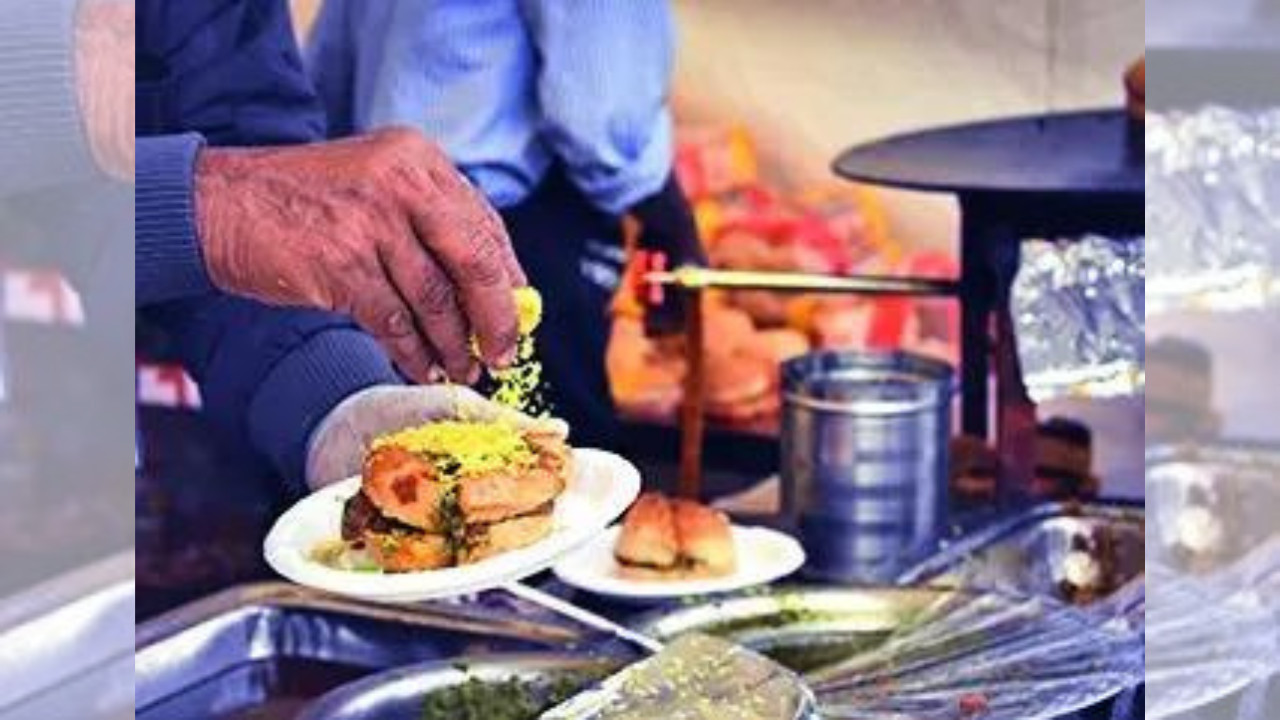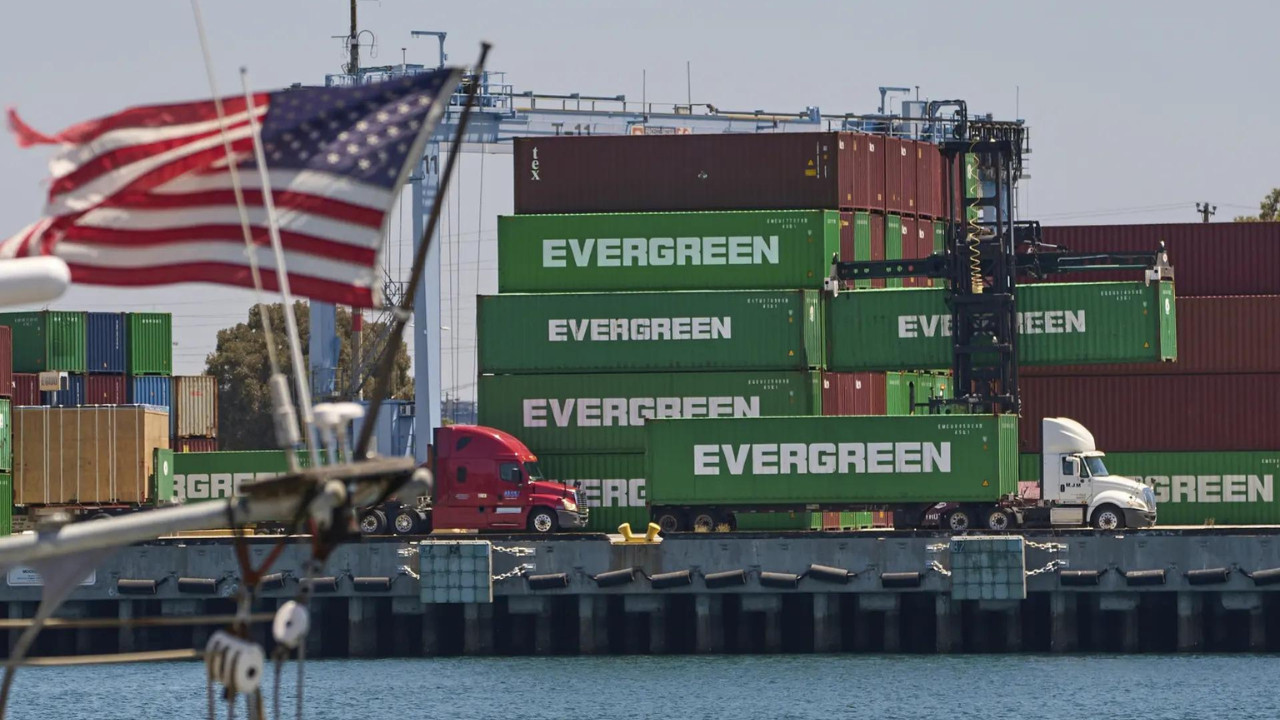The revamped PM SVANidhi scheme is set to offer street vendors higher subsidised loans and credit cards with a Rs 30,000 limit, thanks to bank participation. Rural vendors migrating to cities will also benefit from these loans, with an additional Rs 10,000 potentially included. This initiative aims to provide accessible capital and reduce reliance on high-interest informal loans.
Street Vendors & Credit Cards? Hold on, Let’s Unpack This.
Okay, friends, let’s talk about something a little unexpected, a little outside the box, but potentially revolutionary. The word on the street (pun intended!) is that street vendors, those essential cogs in the vibrant machine that is the Indian economy, are about to get a bigger slice of the financial pie – in the form of easier access to loans and, wait for it… credit cards.
Now, I know what you might be thinking. Credit cards for street vendors? Is that even feasible? Won’t they just get buried under debt? It’s a valid question, and one that needs a deeper look. This isn’t just about handing out plastic; it’s about fundamentally changing the landscape of how these small businesses operate and thrive.
The article highlighted a concerted effort to extend formal credit lines to this often-overlooked segment of the population. Think about it: these are the folks who keep our cities running. The tea stall owner who wakes up before dawn, the flower seller arranging fragrant bouquets, the chaat vendor dishing out deliciousness – they all operate on razor-thin margins, often relying on informal lenders charging exorbitant interest rates.
Traditionally, accessing loans from established banks has been a Herculean task for street vendors. Documentation hurdles, lack of collateral, and perceived risk all contribute to a frustrating cycle of exclusion. They’re forced to turn to local moneylenders who, while readily available, often extract a significant chunk of their hard-earned profits through sky-high interest rates. It’s a system that keeps them trapped.
So, what’s changing? Well, the push for financial inclusion is finally gaining real traction. Government initiatives, coupled with a growing awareness among banks about the potential (and the social responsibility) of lending to this sector, are opening doors that were previously firmly shut. We’re talking about simplified application processes, lower interest rates, and, crucially, access to digital payment systems.
And that brings us to the credit cards. This is where things get really interesting. Imagine a street vendor being able to purchase supplies with a credit card, taking advantage of bulk discounts or promotional offers. Imagine them managing their cash flow more efficiently, separating personal expenses from business expenses, and building a credit history that opens up even more opportunities down the line.
The potential benefits are immense. It’s not just about individual vendors; it’s about boosting the entire informal economy. By providing access to formal credit, we’re empowering these entrepreneurs to invest in their businesses, expand their operations, and contribute even more significantly to the national GDP.
However, let’s not paint an overly rosy picture. There are challenges, and they need to be addressed head-on. Financial literacy is paramount. Vendors need to understand how credit cards work, how to manage their spending, and how to avoid falling into debt traps. Education and awareness campaigns are crucial to ensure that this initiative doesn’t backfire.
Furthermore, banks need to be responsible lenders. They need to assess the creditworthiness of vendors carefully and tailor loan products to their specific needs and circumstances. Blanket approvals and high credit limits could be disastrous. It’s about responsible lending, not reckless distribution.
Then there’s the issue of digital infrastructure. While mobile payments are becoming increasingly prevalent, access to reliable internet connectivity and user-friendly payment platforms is still a challenge in many areas. Bridging this digital divide is essential for the successful implementation of this initiative.
So, will this new wave of loans and credit cards be a game-changer for street vendors? I genuinely believe it has the potential to be. It’s a bold move, a step in the right direction towards creating a more inclusive and equitable financial system. But its success hinges on careful planning, responsible implementation, and a commitment to empowering these entrepreneurs with the knowledge and resources they need to thrive.
This isn’t just about economics; it’s about dignity and opportunity. It’s about recognizing the vital role that street vendors play in our society and giving them the tools they need to build better lives for themselves and their families. And that’s something worth talking about. We need to watch this space and see how this unfolds, but the initial outlook is certainly promising. Let’s hope this is more than just talk and translates into real, positive change for these hardworking individuals.
📬 Stay informed — follow us for more insightful updates!







